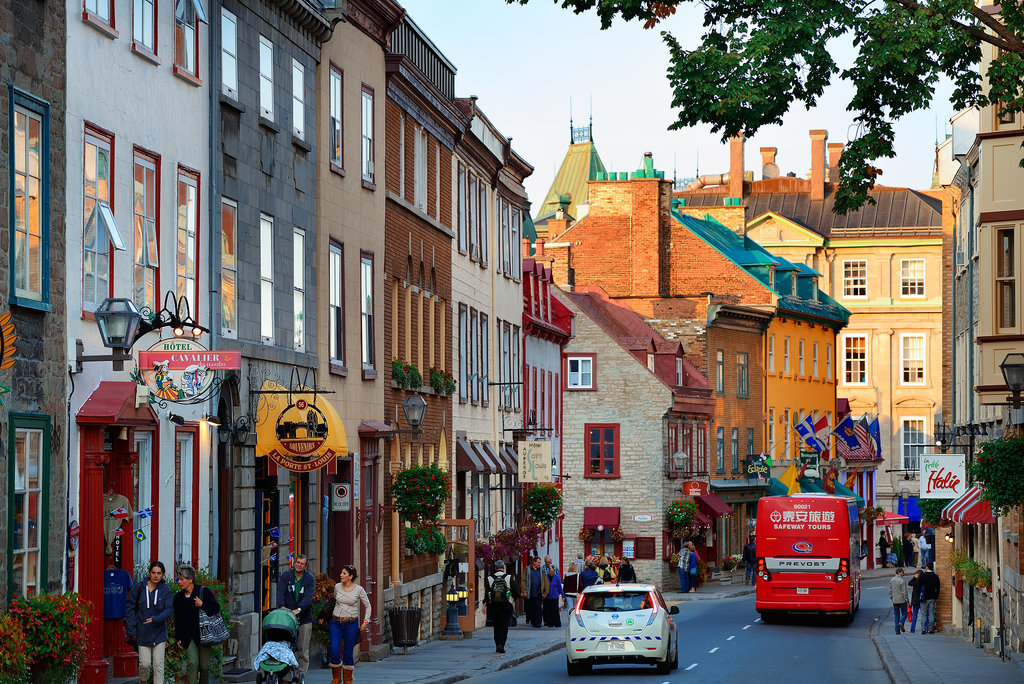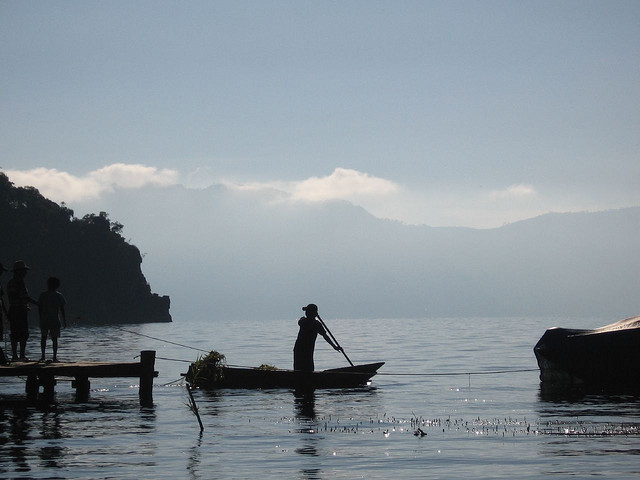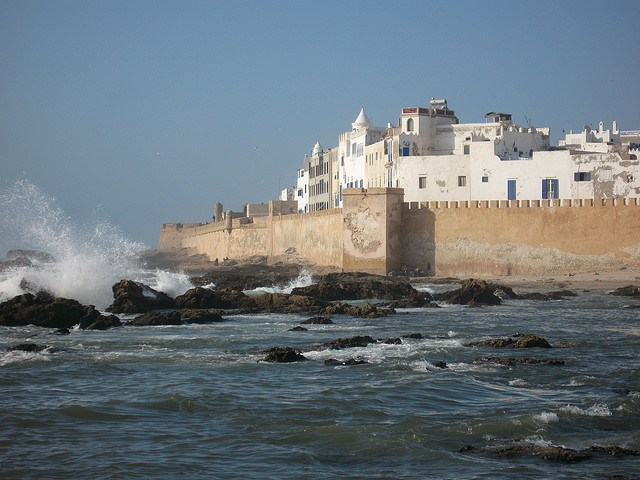
Essaouira Travel Guide
An 18th-century city on Morocco’s Atlantic coastline, Essaouira is one among the nation’s most well-liked beach destinations. White-washed homes sporting cobalt blue shutters offer a scenic backdrop for breezy coast adventures, that embrace kitesurfing and windsurfing. The city’s medina options crafts made using centuries-old techniques, as well as thuya wood carving and cabinet making. The argan oil trade is well established here as well, and the women cooperatives responsible for processing the argan nuts are instantly recognizable from their long white robes.
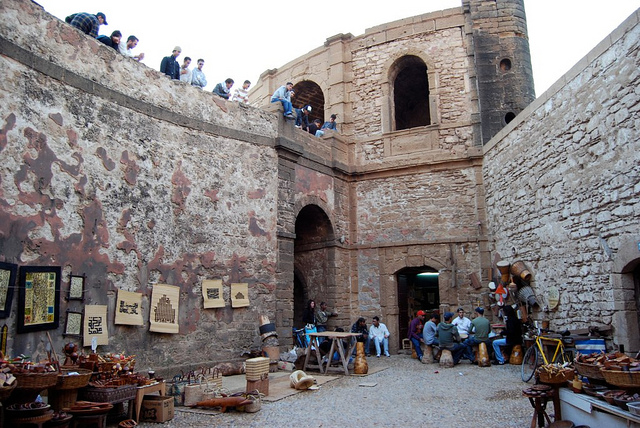
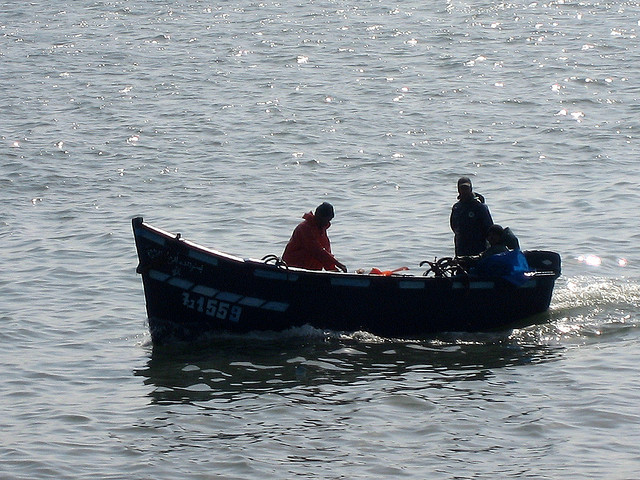
Image by nikos.moumouris,wonker,travelinknu Under Creative Common License.
Morocco Travel Guide
You May Also Like
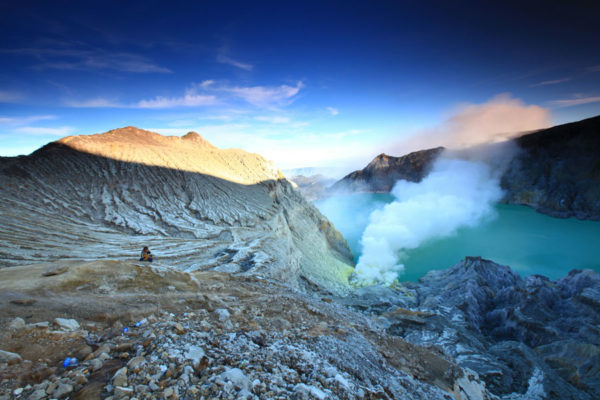
Save Money On Your Holiday To Banyuwangi
June 27, 2016Things To See In Barcelona
October 29, 2014